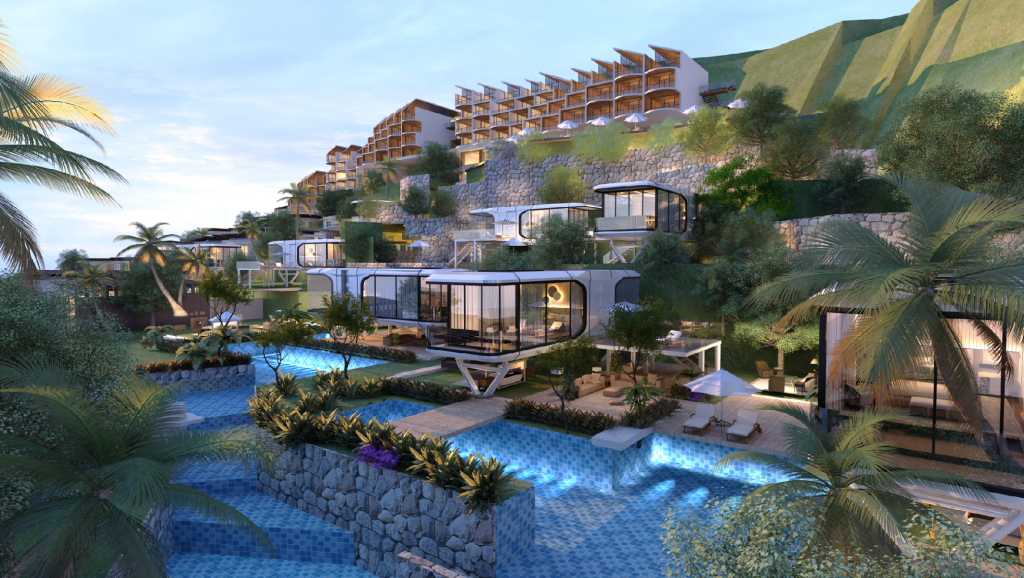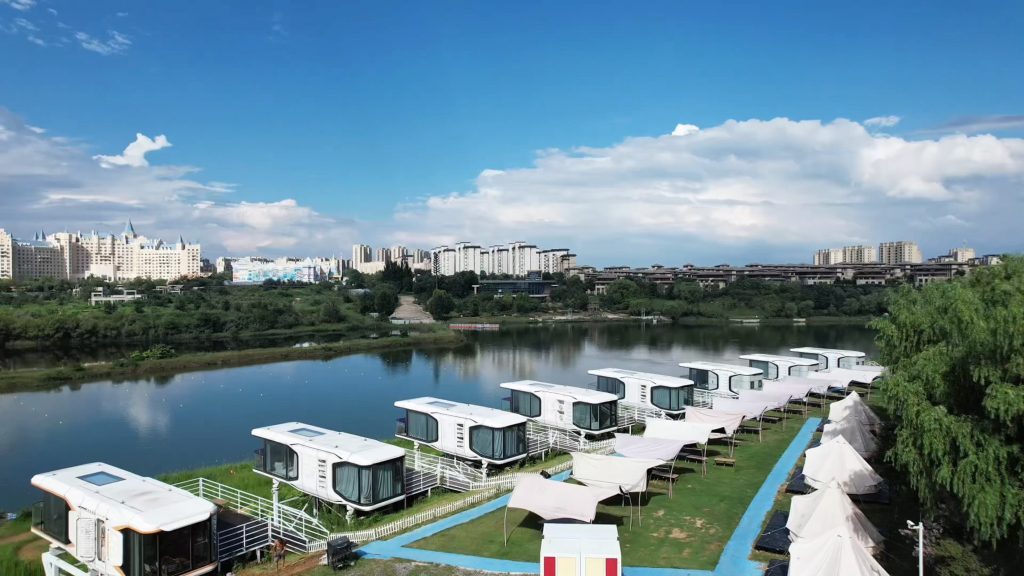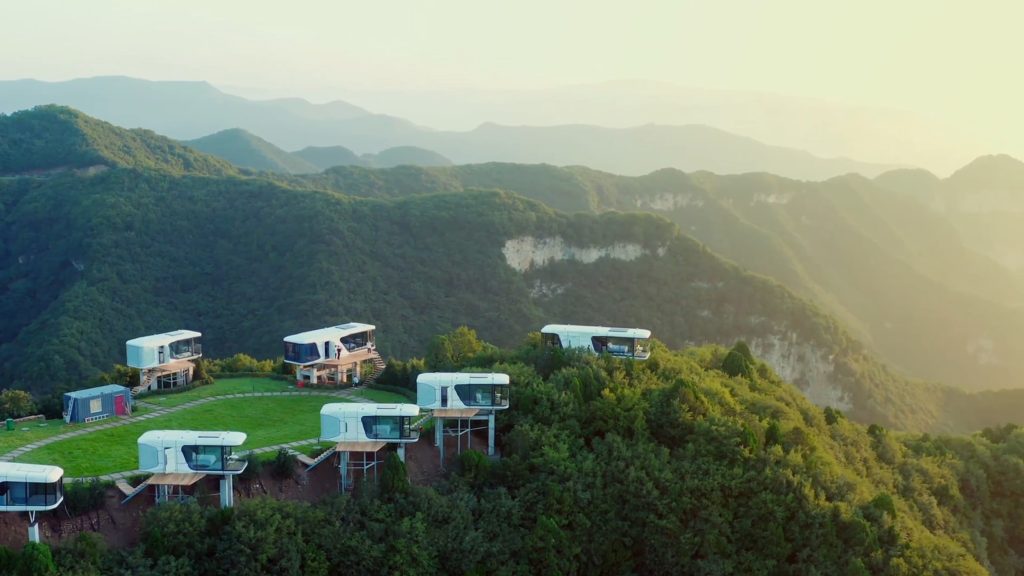If you want a minimalist lifestyle, then capsule houses may be the best choice. These houses have also gained global appreciation because of their affordability and ability to reduce ecological footprints. This guide will help you go through the financial aspects of building a capsule house, from initial budgeting to long-term costs. This way, you can properly plan your budget to fulfill the vision of having a capsule house without any financial surprises. Let’s explore how your dream home can become a reality.

Checklist
1) Understanding the Basic Costs of a Capsule House
Capsule homes are an economical and innovative solution to housing that ranges from $20,000 to $100,000. However, the final price varies depending on different factors. Let’s explore them for deep understanding!
→Factors Affecting Basic Costs
i) Size and layout: The total cost of your capsule house depends on its size and structure. For instance, if it is big or has a more complicated design, it will definitely be expensive. Likewise, higher material and labor costs will be required if you want to have additional rooms, multiple floors, or special features. Thus, it could push the cost toward $100000. On the other hand, an unadorned single-room capsule may fall at the lower end of the price range.
ii) Type of building materials: The other major factor affecting the cost is the construction materials used. Basic materials like wood are cheaper, but they can be as durable or energy-efficient as steel or other ecological options. That’s why it will be wiser to invest in steel, which will come at a higher initial cost but gives you many advantages, such as;
- The use of steel contributes to enhancing the durability of capsule houses.
- Steel is 100% recyclable material, which reduces your ecological footprint.
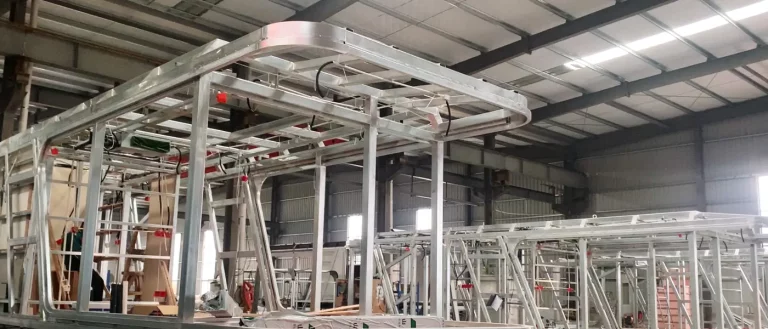
iii) Prefabricated vs Customized Choices: The choice between prefab and custom build is one of the most important decisions you shall have to make when budgeting for a capsule house. Let’s compare them for a better understanding!
| Description | Comparing capsule house cost |
|
|---|---|---|
| Prefab capsule houses | Manufactured in factories and then assembled on-site. | Provide a more affordable option because they benefit from economies of scale, lowering the cost of materials and labor. Price range from $100-$200/sqft, and overall price may be $20000-$60000 |
Customized capsule houses | They are designed and built based on your specific requirements and preferences, allowing them to have unique layouts or personalized features. | These homes provide enhanced design flexibility but can be relatively expensive, at $200-$350/sqft, depending on the complexity of the plan, how luxurious you want it to be, and the type of material used. The overall price may be $60000-$100000. |
2) Hidden Costs: Additional Expenses to Consider
When budgeting for a capsule house, it’s important to consider hidden costs other than basic construction. For instance,
Legal and Permitting Fees: When building a capsule house, you have to pay various legal fees, including zoning compliance costs, building permits, and inspections. Local authorities may also provide specific rules, so you will need to spend more money to satisfy such regulations.
Transportation and Installation: Once your capsule house is built, you’ll have to move it to your site of choice. This process can prove expensive, especially if the place is far away from infrastructural facilities. Moreover, the cost of installing the system, like securing the house and connecting utilities, should also come into play.

Land Acquisition and Preparation: Land acquisition can be very costly, particularly in the most desirable areas. Preparing the ground often involves clearing trees, aligning the surface, and laying a foundation. These tasks can quickly accumulate cost, so remember to consider them in your budget.
Thus, by considering all these hidden costs, you can avoid unexpected financial upsets and keep your project on track. But these are not enough; you have to assess some other factors, which we will discuss in the next section, so keep reading!
3) Long-Term Costs
When designing a capsule house, one must consider long-term expenses, so let’s see what are these expenditures that add up to your capsule house cost.
i) Ongoing Maintenance and Repair: Like any other house, capsule houses require regular maintenance and occasional repairs. However, because of their small design, they are easy to maintain. You will still need money in different scenarios, like replacing roof leakages, painting again after many years of use, or coping with wear and tear due to aging. Nonetheless, regular maintenance can help prevent more costly problems in the future.
ii) Connecting to Utilities vs. Going Off-Grid: Utility expenditures also affect capsule house costs. Luckily, you have two choices: public utilities or off-grid. Let’s compare both to find out which is a better budget-friendly choice.
- Connecting to public utilities such as electricity, water, and sewerage can be advantageous but involves monthly bills and initial hookup fees.
- Conversely, going off-grid systems involves using solar panels to produce electricity. Moreover, the other benefit is that rainwater that runs off the rooftops of residential houses is stored in water tanks and used for flushing toilets or gardening. Thus eliminating both electricity and water expenses. Additionally, you may install composting toilets, which do not require any water at all.
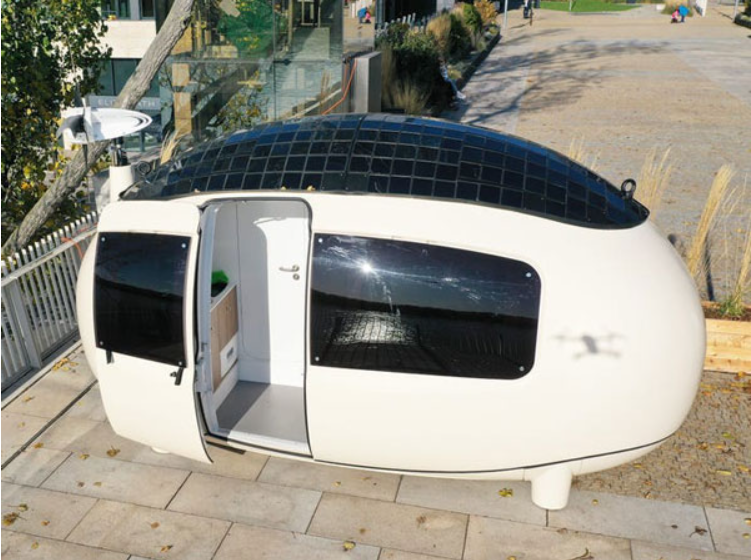
Thus, this system may cut long-term utility costs. However, the upfront cost of installing these systems might be high, and maintenance should also be considered. Each method has benefits and drawbacks; hence, go for the one that suits your lifestyle most, considering your long-term budget.
4) Customization Options and High-End Features
It is important to consider how customization and top-end designs can affect your pocketbook. They also increase comfort levels and improve functionality, although this may come at an extra cost.
- Interior and exterior furnishings: Custom furniture and luxury finishes can significantly affect your budget. High-quality materials, unique designs, and prime indoor or outdoor fittings are often more expensive than standard ones. Therefore, if you go for tailor-made cabinets, top-notch flooring, or designer fixtures, be ready to pay extra costs.
- Smart Home Technology and Automation: Integrating smart home systems and advanced technologies is an additional cost factor. However, modernization via automated lighting, intelligent thermostats, security alarms, etc., looks stunning but calls for a higher initial outlay. Moreover, maintaining and updating these technologies may lead to more costs in the future.
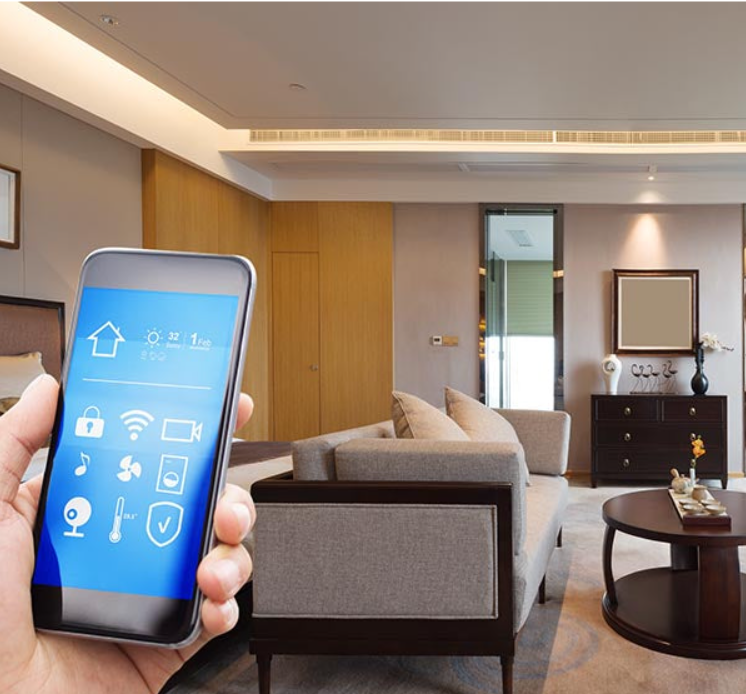
5) Tips for Optimizing Your Budget
Consider these ways of reducing expenses when working on your micro house project to save money without compromising quality. That sounds good!
→Cost-Saving Strategies
Multi-functional furniture: To save money, maximize space, and make your home more flexible, use multifunctional furniture. Have a look at some of these ideas:
- A couch bed is a foldable seat that has dual functionality, like you can use it during the day as a sofa and also as a bed during the night, thus eliminating the need for separate beds.
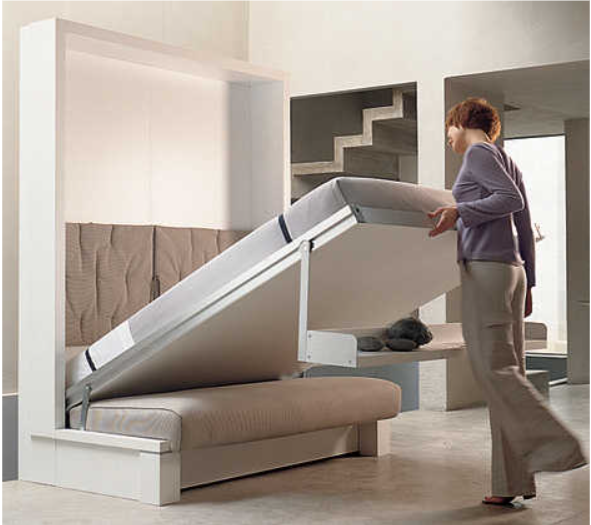
Likewise, instead of buying two tables, you could buy one coffee table that also serves as a dining table, thus saving a few dollars.
Thus, buying multi furniture becomes an economical choice for a capsule house, and there are limited funds to spend on this item.
+ Secondhand and Upcycled Materials: Incorporating reused or upcycled materials is a cheaper way to give your home a unique character. Look for affordable pieces in secondhand stores, salvage yards, and online marketplaces. Moreover, renovated furniture, reclaimed wood, and vintage fixtures help you save money and give your capsule house its identity.
6) Conclusion
To put it briefly, thorough budget planning is important to realize the desired capsule house within financial limitations. Understanding basic costs, hidden expenses, and long-term commitments will help one manage one’s finances effectively. So, start today by strategizing on various types that suit your preferences and are within budgetary limits.
However, you can find an ideal capsule house from the leading Chinese manufacturer known to us as Luban Cabin and begin the journey toward a trendy yet inexpensive new home.

